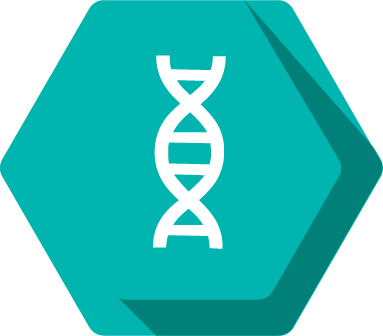Jon Musai

Pronouns: he/him/his
Research Mentor(s): Joanne Kahlenberg, Associate Professor
Research Mentor School/College/Department: Internal Medicine, Division of Rheumatology, Michigan Medicine
Presentation Date: Thursday, April 22, 2021
Session: Session 6 (4pm-4:50pm)
Breakout Room: Room 2
Presenter: 1
Abstract
Cutaneous Lupus Erythematosus (CLE) is an autoimmune disorder marked by scarring skin lesions, often triggered by exposure to ultraviolet (UV) light resulting in a significant loss of quality of life for CLE patients. Better understanding of the molecular mechanisms driving CLE is needed as currently, the lack of Food and Drug Administration (FDA)-approved therapies for CLE presents a fundamental challenge in the treatment of CLE patients. The outermost layer of the skin is known as the epidermis, which consists of mostly keratinocytes. Interferon kappa (IFN-?), a member of the type I IFN family, is constitutively expressed in keratinocytes. IFNK overexpression in lesional lupus skin predisposes CLE patients to inflammation and photosensitivity, thus it is an intriguing target for novel therapeutics. Previously, we had observed a significant delay in IFNK expression relative to IFN-ß, another member of the type I IFN family, following stimulation with poly-IC, an activator of the antiviral TLR3 signaling pathway, or UVB. In addition, upregulation of IFNK was dependent on STING, an endoplasmic reticulum adaptor protein. We thus sought to further understand the regulation of different IFNs in keratinocytes. Using CRISPR-Cas9, we generated knockout keratinocytes for IFNB expression. Here, we reveal that in the absence of IFN-ß, IFNK expression is significantly reduced in keratinocytes treated with poly-IC or UVB. Elimination of mediators downstream of the type I IFN receptor, such as STAT1, also abrogated IFNK but not IFNB expression. Further, IFNK, but not IFNB, expression remained dependent on STING signaling upon UVB-irradiation. Given this information, therefore, we suggest that early triggering of IFNB is required to drive a STING-mediated upregulation of IFNK. Currently, we are examining whether this regulation is aberrant in CLE vs. healthy control keratinocytes, which would provide a mechanism for dysfunctional overexpression of IFNK in CLE skin. If so, this pathway would serve as a target for reducing inflammation and photosensitivity in CLE patients.
Authors: Bin Xu , Yee Sun Tan , Grace Hile , Michelle Kahlenberg, Jon Musai
Research Method: Laboratory Research







